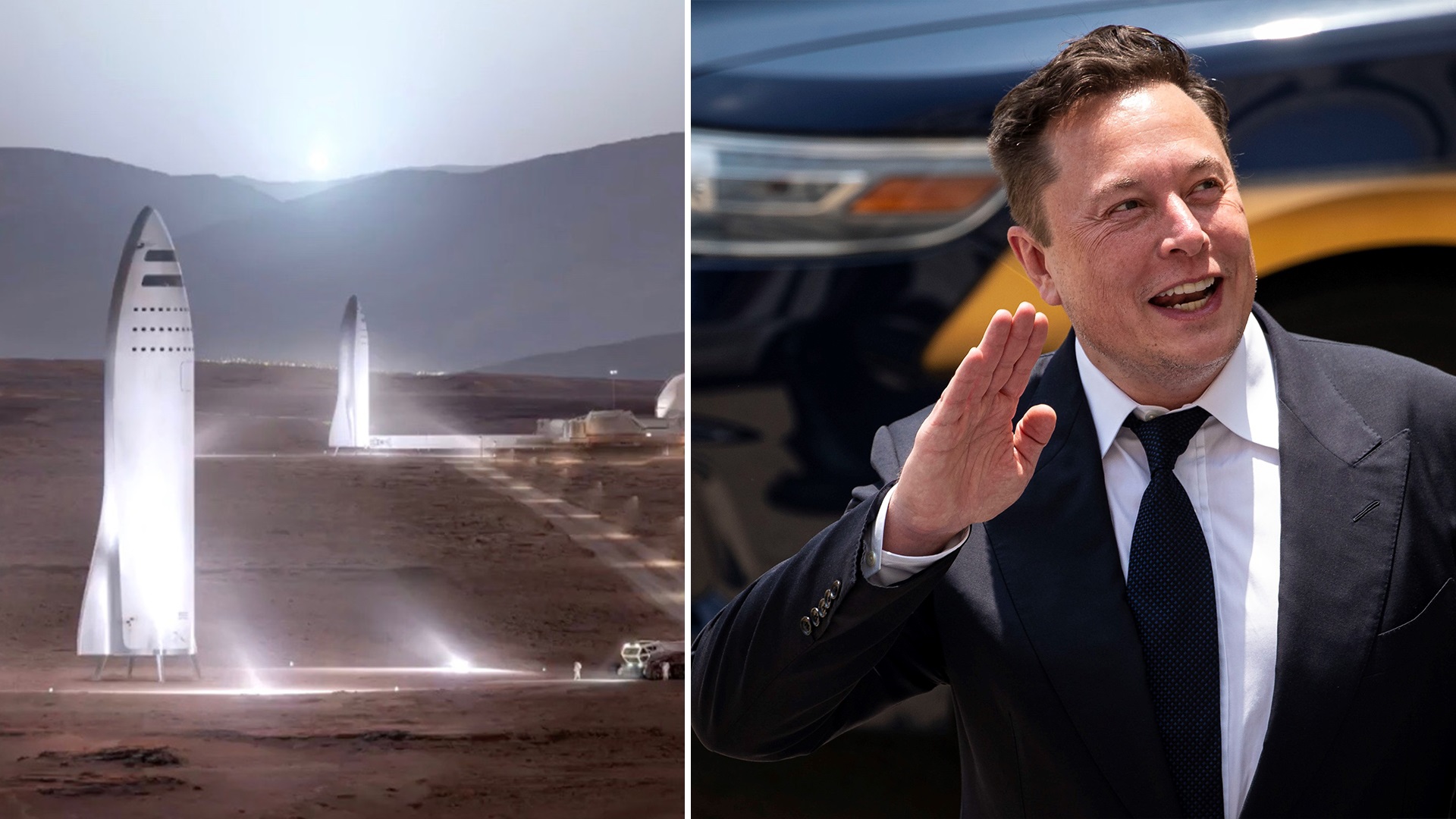Elon Musk has long advocated for human colonization of Mars, suggesting that a colony could be built in as little as five years, with 10 years being the “worst-case scenario.”
Despite the fact that many experts disagree with Musk’s timescale, they feel that human colonization is on the horizon. But how far off is Musk, and what precisely would a Mars colony in the near future entail?
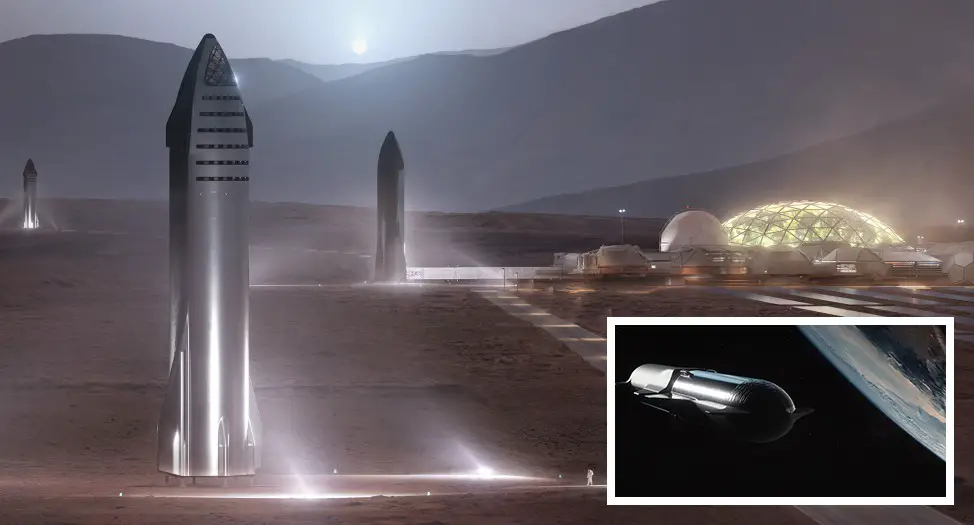
Professor Serkan Saydam of UNSW Sydney’s School of Mineral Energy Resources Engineering believes that a colony on Mars might be established within the next three decades, as long as autonomous mining methods are financially feasible.
“Water is at the heart of everything,” Saydam adds. “Water serves as a life support system, and you may extract hydrogen to utilize as an energy source.”
“The method for putting humans on Mars will be to set up operations first, then go there and create water with robots, and then be able to extract hydrogen to make the energy ready before people arrive.” Saydam broke down the preconditions for a stable colony, saying, “Innovation in robotics and autonomous systems is certainly needed so that we have the water available and the hydrogen separated and ready for when human people arrive.”
Scientists believe colonization will take place much later than Musk believes
Despite its promise, Saydam is less bullish than Musk about our civilization’s preparedness to carry out such a plan right now:
“We do not have the capability to accomplish that right now.” There is a lot of study going on regarding the best method to accomplish it, especially here at UNSW under ACSER (Australian Centre for Space Engineering Research), but there is not a consensus yet. It also depends on the number of people we anticipate living on Mars. Is it five, five thousand, fifty thousand, or even more?”
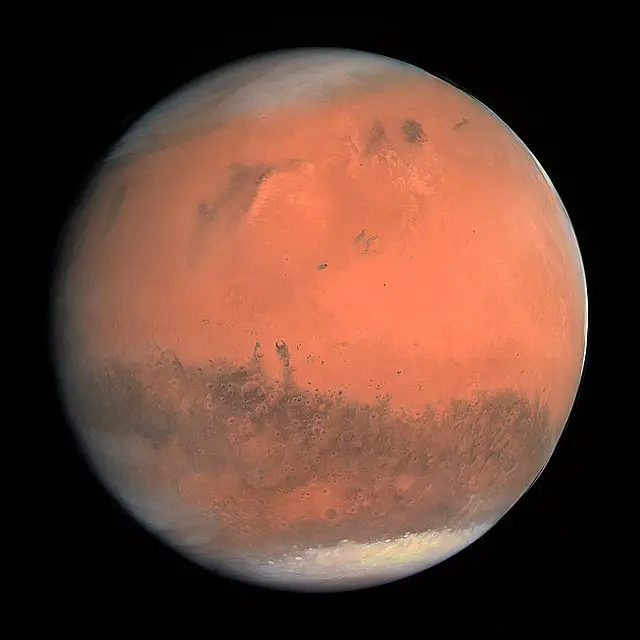
This is in stark contrast to Musk’s vision. According to the billionaire, a metropolis of around a million people might exist by 2050, with humanity arriving on the planet in “about five years, worst case 10 years.”
Although Saydam feels this is a hurried and improbable schedule, he also believes that public interest in Mars colonization has the potential to speed up the technological advances needed to make it a reality:
“I believe the technology is available, and we already have the expertise,” he continued, “but the big issue is having the concentration.” “The broader issue is, ‘Why do not we do it on Earth already?’ Why are human beings still used for physical labor in mining? We have a lot of mining expertise, but we still rely on people a lot.”
“One difficulty is that there is not enough demand. Companies must be able to generate minerals or anything that can be utilized to manufacture goods and then sell them in order to become engaged in creating items (for mars missions). “Right now, everything is a cost, and there is no income for businesses,” Saydam said.
NASA is planning a trip to Mars to imitate life in a colony
However, NASA has clearly placed a premium on the prospect. This autumn, NASA will launch a year-long expedition to recreate life on Mars.
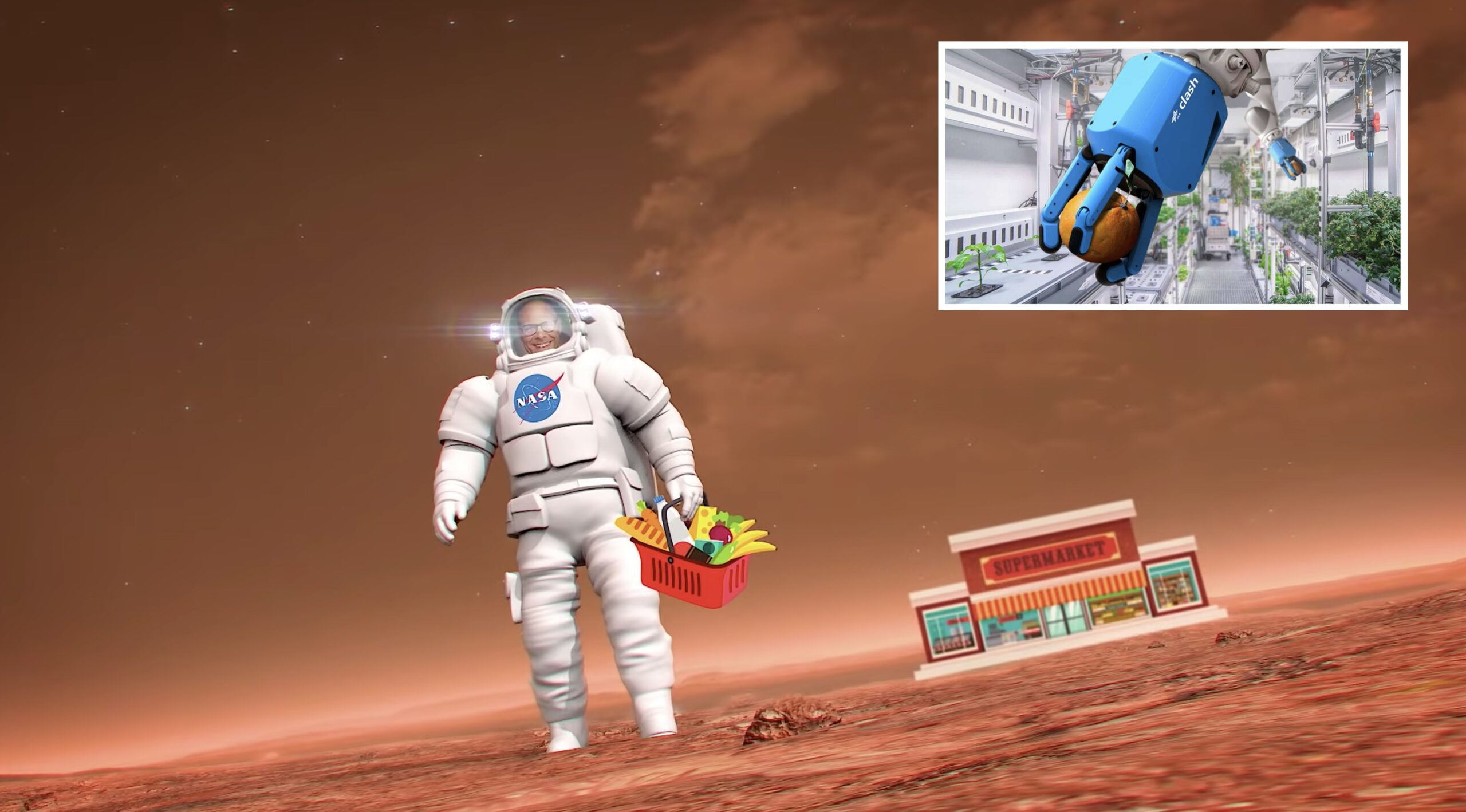
NASA’s statement makes it plain that they are interested in preparing for the virtually inevitable prospect of humans landing on Mars in the near future:
“As NASA expands its reach into space, the astronaut experience will evolve. NASA will investigate how highly motivated people adapt to the rigors of a long-duration, ground-based simulation in order to prepare for the real-life obstacles of future trips to Mars.”
Four crew members will be placed in a tiny 3D printed module that resembles the real-world environment of a Mar’s living area, testing them to manage with “resource restrictions, equipment malfunction, communication delays, and other environmental stresses,” according to NASA.
What might a base on Mars look like in reality?
NASA is collaborating with ICON, a Texas-based business, to 3d print the Mars Dune Alpha living area for the expedition, and it is possible that a permanent base on Mars will be built in the same way.
Because of the quick construction procedure, 3D printing is the preferred approach for manufacturing homes in space– transporting too many materials to space is not an option.
The basis, however, will be far from utilitarian, despite its ease of assembly. The living quarters will be similar to the Mars bases shown in contemporary science fiction films, such as Matt Damon’s The Martian, with areas set aside for comfort and leisure.
According to NASA, Mars Dune Alpha will be the “highest fidelity habitat ever produced by mankind,” meaning the environment is anticipated to be the most similar to what will exist on Mars in the future.
“Mars Dune Alpha has a very clear goal in mind: to train humanity for life on another planet.”
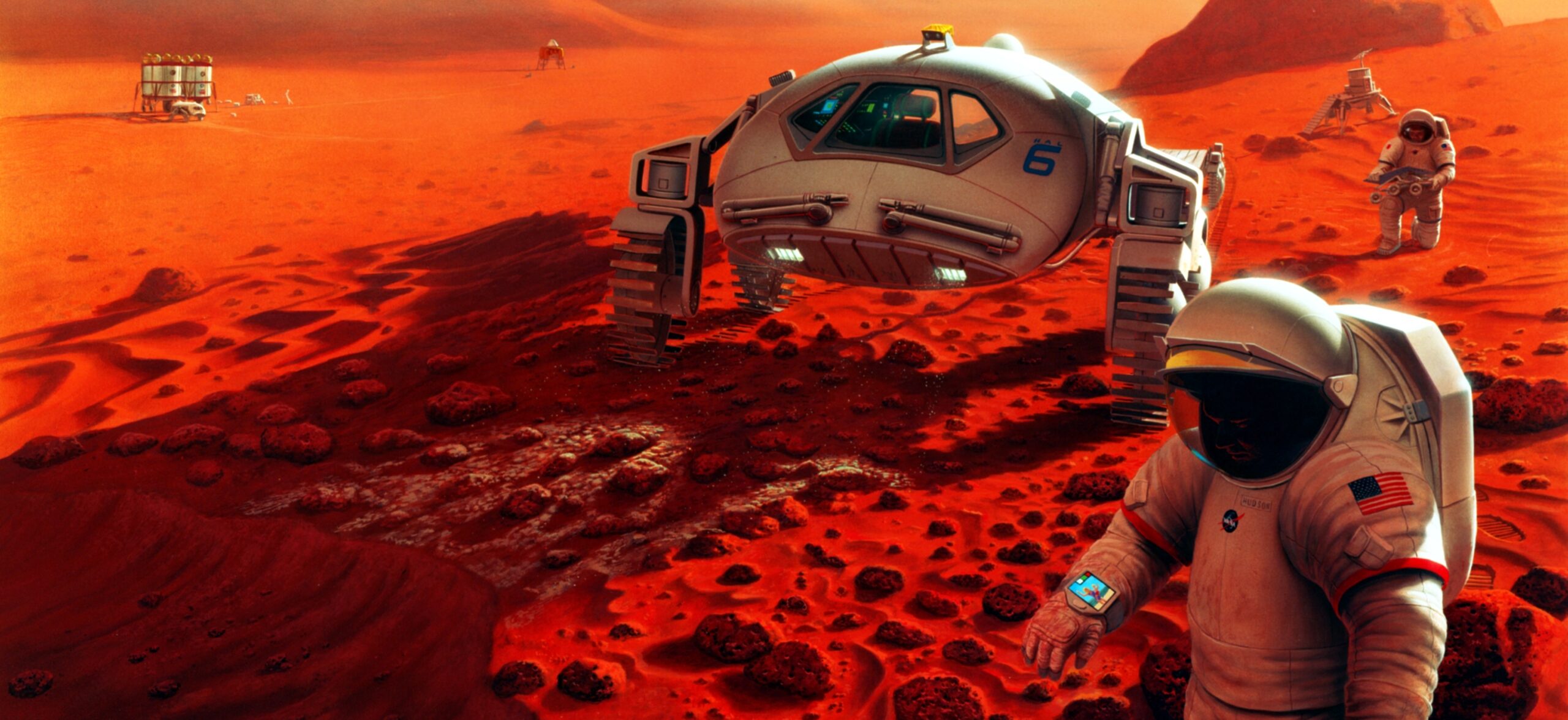
Musk’s intentions are a little more complex
“The next really big thing,” he told TIME magazine for his Person of the Year cover story, “is to establish a self-sustaining colony on Mars and send the animals and species of Earth there.”
However, experts have questioned this assertion, as well as Musk’s exceedingly ambitious deadline of 2028, characterizing it as little more than a “great sound bite.”

